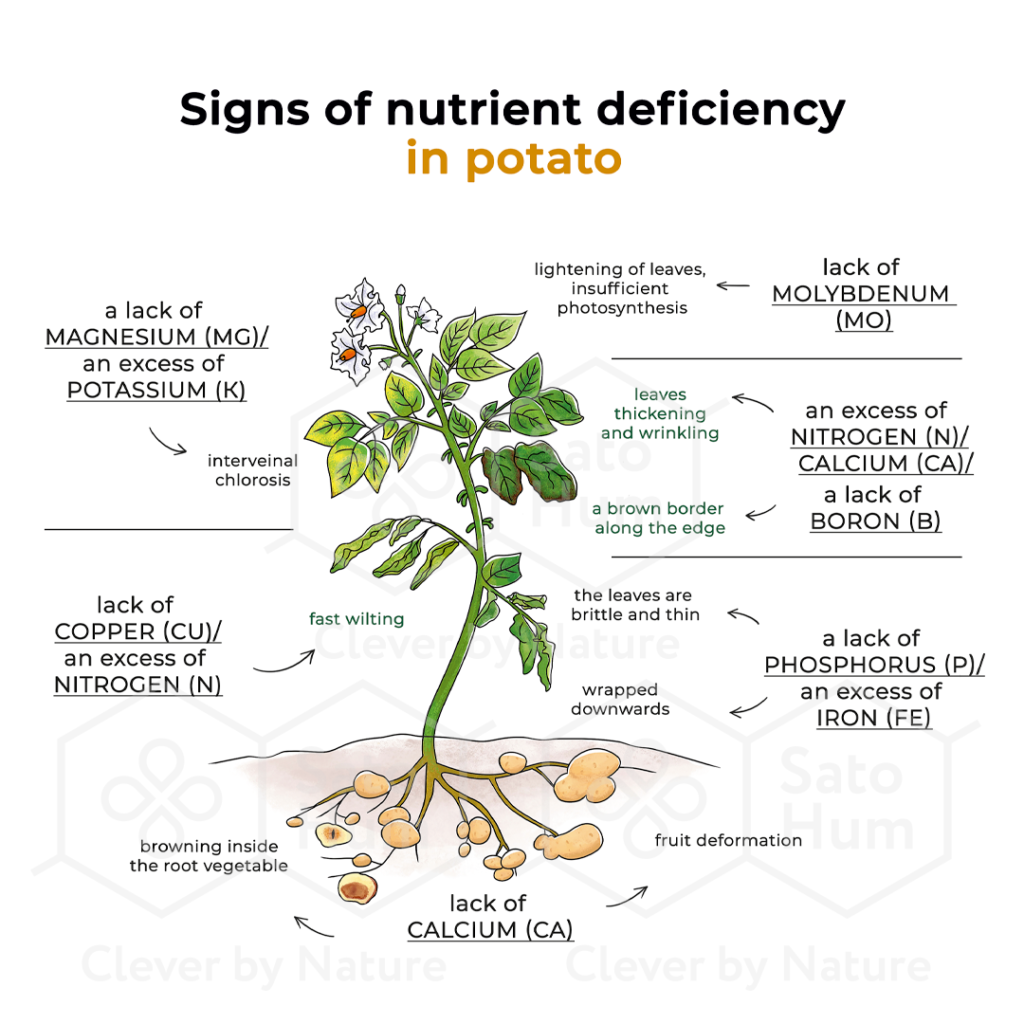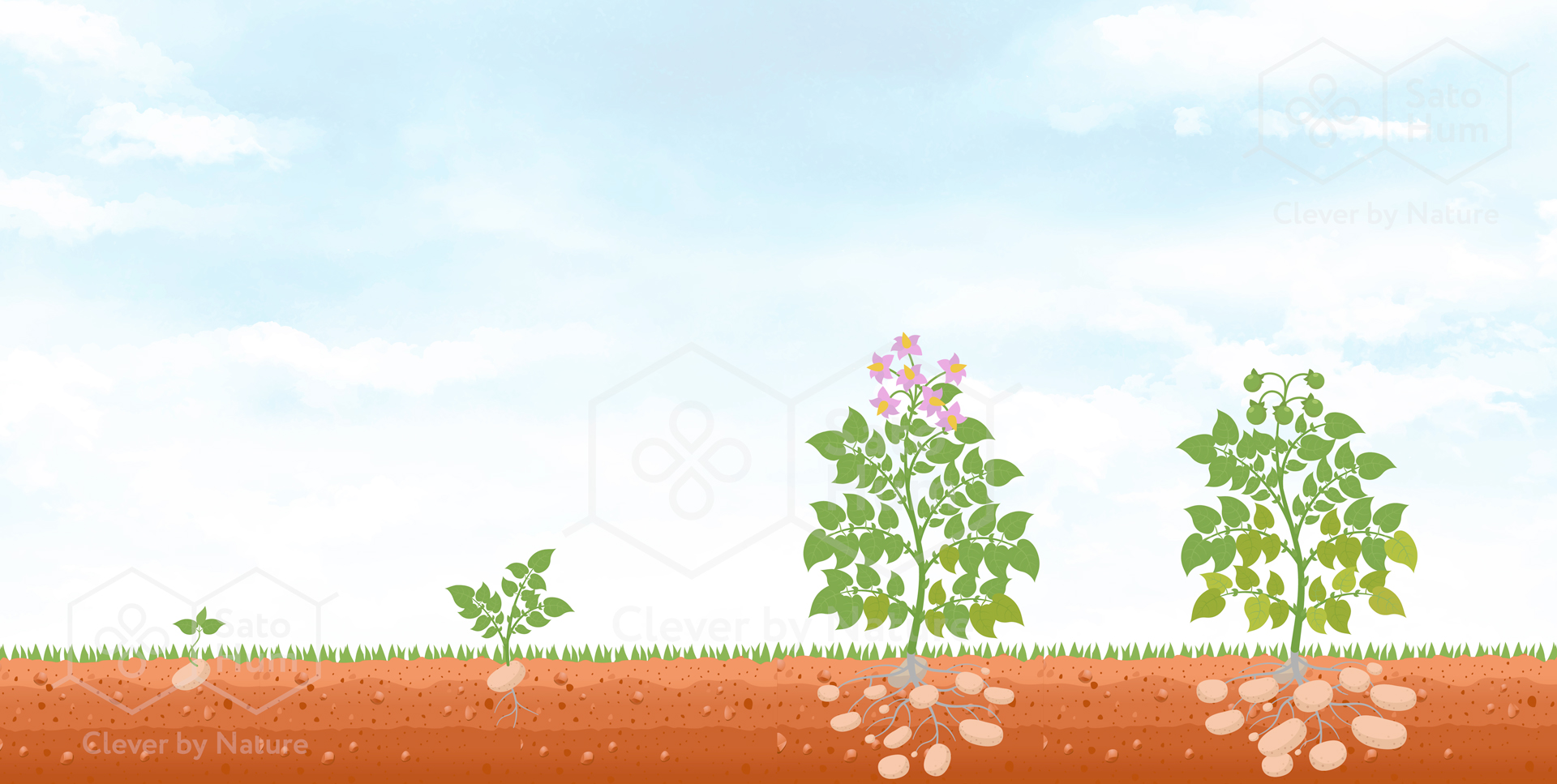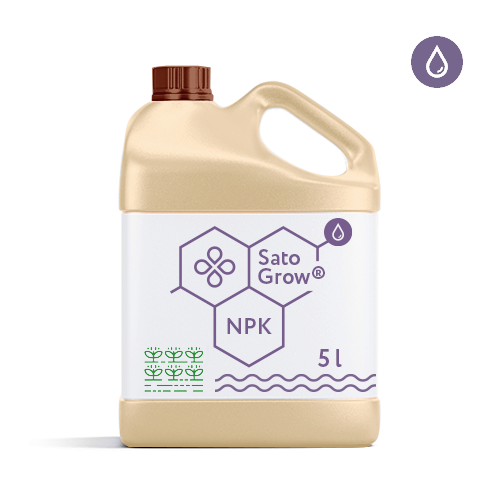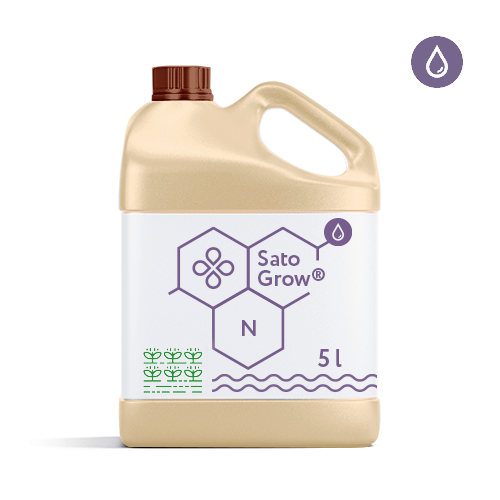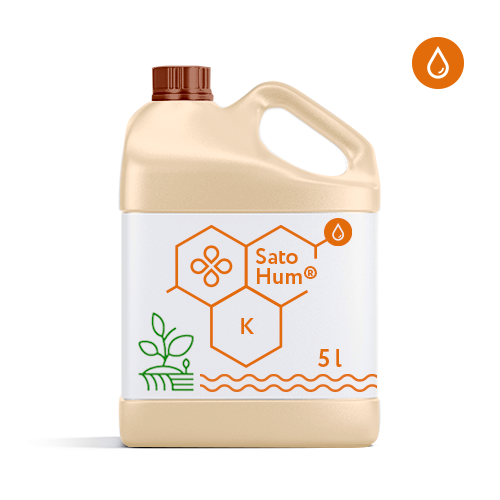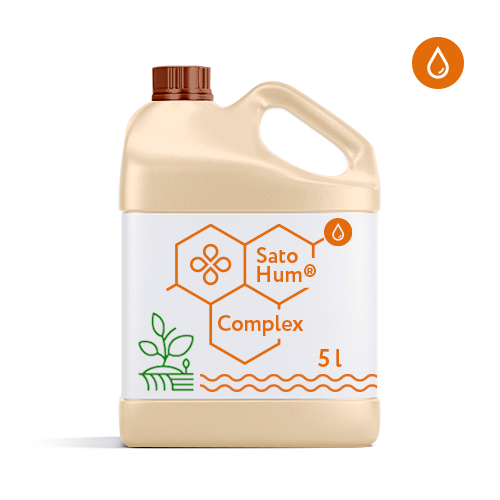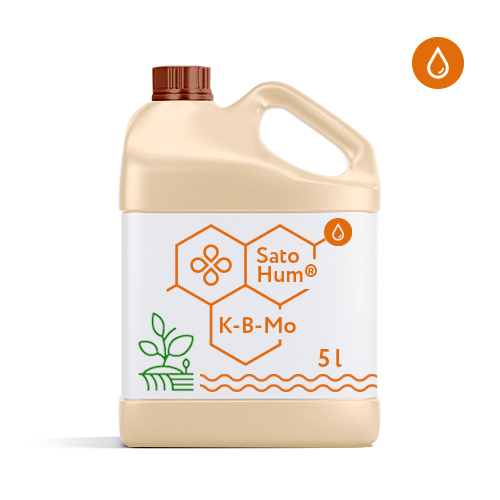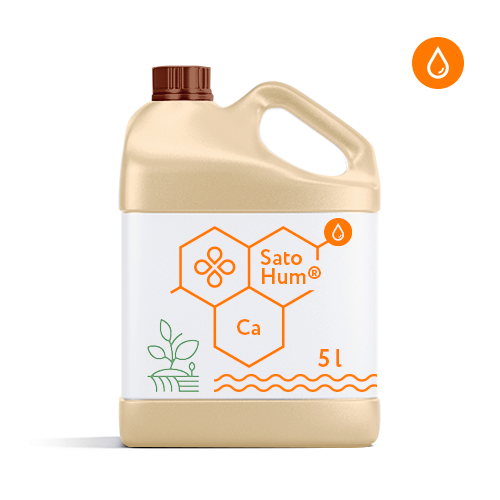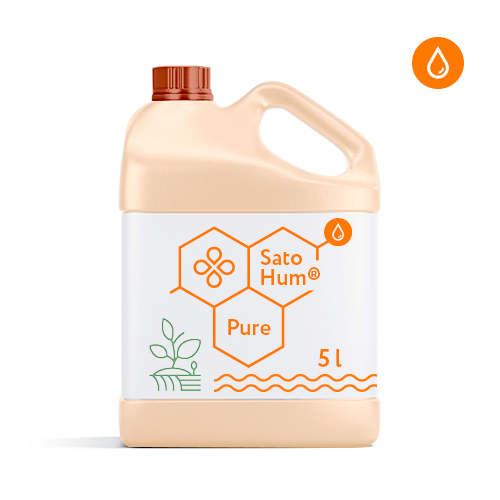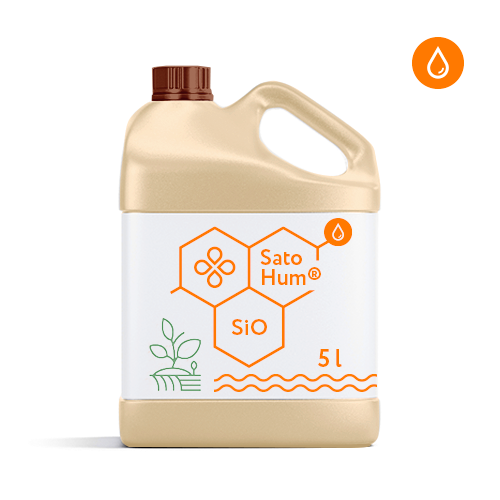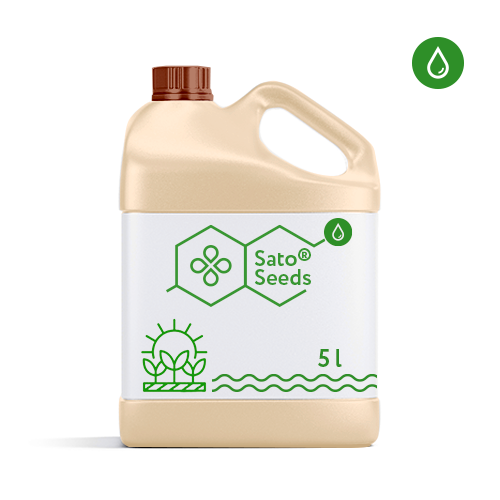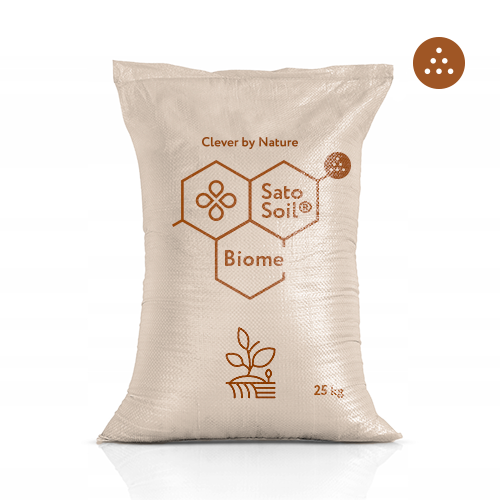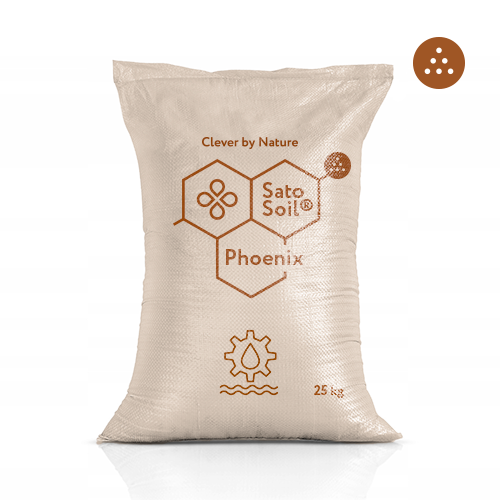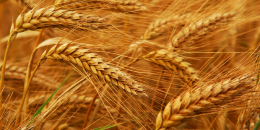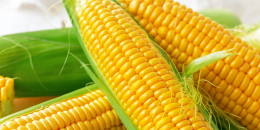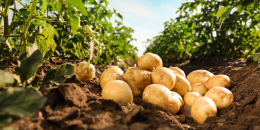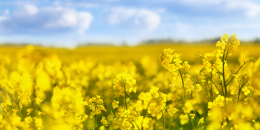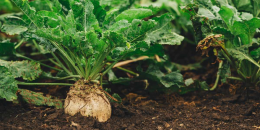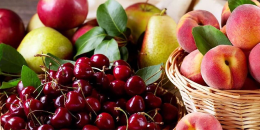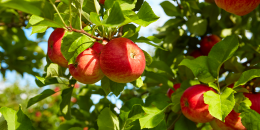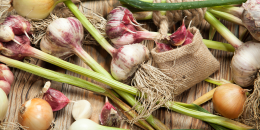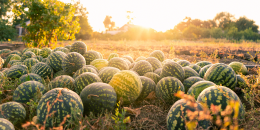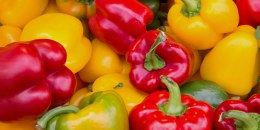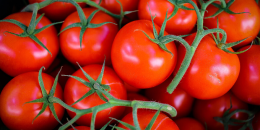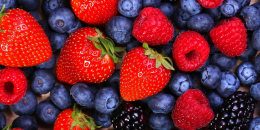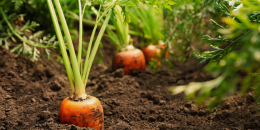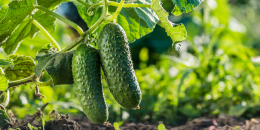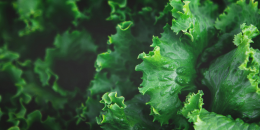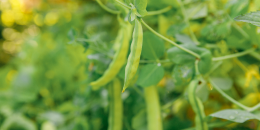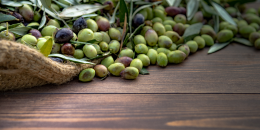Potato is one of the most popular table and fodder crops. It’s grown in traditional extensive and intensive farmings, and it’s also the most common crop in household plots.
Potato
Potato doesn’t tolerate acid soils with poor aeration, but is unpretentious to predecessors in crop rotation, with the exception of other solanaceous, shows a higher yield after cereals, corn and legumes.
Potato requires access to oxygen, starting from the budding and flowering stage and up to the ripening of root crops. Soil improvers SatoSoil® prevent the soils from over compacting, keep the top layer loose, and facilitate access and absorption of nutrients.
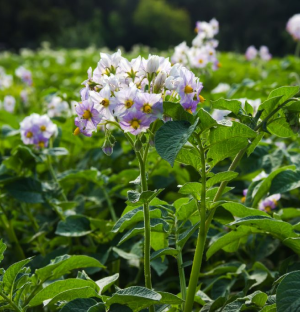
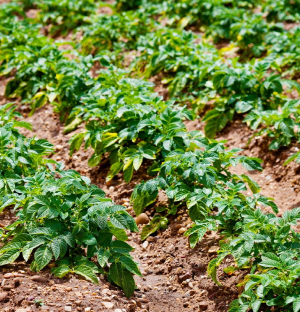
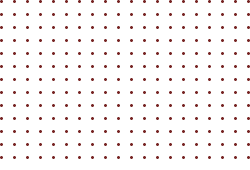
For optimal yield, potatoes require periodic application of organo-mineral fertilizers to increase their own immunity, stimulate seedling growth and green biomass gain. SatoGrow® organo-mineral biostimulants release minerals gradually, which promotes even saturation and efficient transport of macronutrients to all parts of the plant. Humic and fulvic acids delay the leaching of beneficial nutrients and serve as a natural barrier to pathogenic bacteria and fungi.
Potatoes are susceptible to a number of diseases caused by protozoan microorganisms that enter the tuber with excess moisture and lack of air. Dry and wet rot, scab and late blight are the most common of them. Potatoes also have a lot of natural pests, the fight against which takes a lot of time and targeted investment. Root and foliar treatment of potatoes with silicon-containing humates SatoHum® SiO demonstrates excellent results: it extends biochemical plant defenses against insects and larvae, protects cell walls from the penetration of fungal and bacterial infections.
- interveinal chlorosis - a lack of magnesium or an excess of potassium salts;
- the leaves are brittle and thin, wrapped downwards - a lack of phosphorus, a possible excess of iron;
- leaves thickening and wrinkling, a brown border along the edge of the leaves - an excess of nitrogen or calcium, a lack of boron;
- lightening of leaves, insufficient photosynthesis - lack of molybdenum;
- fruit deformation and browning inside the root vegetable - lack of calcium;
- fast wilting - lack of copper, excess of nitrogen.
Potato is one of the most popular table and fodder crops. It’s grown in traditional extensive and intensive farmings, and it’s also the most common crop in household plots.
Potato doesn’t tolerate acid soils with poor aeration, but is unpretentious to predecessors in crop rotation, with the exception of other solanaceous, shows a higher yield after cereals, corn and legumes.
Potato requires access to oxygen, starting from the budding and flowering stage and up to the ripening of root crops. Soil improvers SatoSoil® prevent the soils from over compacting, keep the top layer loose, and facilitate access and absorption of nutrients.



For optimal yield, potatoes require periodic application of organo-mineral fertilizers to increase their own immunity, stimulate seedling growth and green biomass gain. SatoGrow® organo-mineral biostimulants release minerals gradually, which promotes even saturation and efficient transport of macronutrients to all parts of the plant. Humic and fulvic acids delay the leaching of beneficial nutrients and serve as a natural barrier to pathogenic bacteria and fungi.
Potatoes are susceptible to a number of diseases caused by protozoan microorganisms that enter the tuber with excess moisture and lack of air. Dry and wet rot, scab and late blight are the most common of them. Potatoes also have a lot of natural pests, the fight against which takes a lot of time and targeted investment. Root and foliar treatment of potatoes with silicon-containing humates SatoHum® SiO demonstrates excellent results: it extends biochemical plant defenses against insects and larvae, protects cell walls from the penetration of fungal and bacterial infections.
- interveinal chlorosis - a lack of magnesium or an excess of potassium salts;
- the leaves are brittle and thin, wrapped downwards - a lack of phosphorus, a possible excess of iron;
- leaves thickening and wrinkling, a brown border along the edge of the leaves - an excess of nitrogen or calcium, a lack of boron;
- lightening of leaves, insufficient photosynthesis - lack of molybdenum;
- fruit deformation and browning inside the root vegetable - lack of calcium;
- fast wilting - lack of copper, excess of nitrogen.
| SOILS | SEEDS | GROWTH | HARVEST | ||
| SatoSoil® Biome
Preparation of crop rotation after cereals or legumes Incorporation to a depth of 15 cm 5 – 10 t/ha SatoSoil® pHoenix Converting fallow for growing potatoes Correction of saline and acidic soils Deep plowing up to 16 cm 5 – 10 t/ha SatoHum® K or SatoGrow® NPK/ SatoGrow® N Watering the soil improver 2 – 6 l/ha |
Sato® Seeds
Treatment of seed tubers Pre-sowing germination 30 ml/10 l of water SatoGrowth® N Granules or SatoGrow® NPK Granules Protection against mineral burns Prolonged effect 150 – 300 kg/ha/season SatoHum® K or SatoGrow® NPK/ SatoGrow® N Granulate activation 2 – 6 l/ha |
SatoHum® Complex
Complex top-dressing 5-7 leaves: 1 – 1,2 l/ha Bud development 1,8 – 2,8 l/ha SatoHum® K Enhances vegetative mass growth No more than 2 applications/cycle: 1 – 2 l/ha SatoHum® SiO Strengthening the cell walls Reduction of plant diseases Bud development 2,0 – 2,5 l/ha SatoGrow® NPK/ SatoGrow® N Growth intensification 2 l/ha |
SatoHum® K-B-Mo
Correcting deficiencies of boron and molybdenum 1,2 – 1,6 l/ha SatoHum® Ca Even weight gain of root vegetables Tuber formation phase 1,2 – 1,6 l/ha |
Sato® Seeds
Treatment of seed tubers 30 ml/10 l of water |
|
WARNING: 4 Sato® Steps is a comprehensive crop care system that provides the basic crop needs for the main 12 macro, meso and micronutrients for an optimal growing cycle and unlocking the potential of each crop.
SOILS: In pre-sowing application of SatoSoil® Soil improvers, the minimum rate is introduced, when autumn applying, the maximum rate is recommended. When applying SatoGrow® Biostimulants after SatoSoil® Soil improvers, the minimum rate is applied; if the soil hasn’t been treated, the maximum rate is applied. For irrigation, it’s recommended to activate granulates (soil improvers or biostimulants) with SatoHum® liquid formulations and SatoGrow® liquid organo-mineral biostimulants.
SEEDS/SEEDLINGS/VEGETATION BEGINNING: Treatment of seeds and seedlings with Sato® Seeds formulation is compatible with treatment by classical protectants without reducing the rates of their application, and helps to increase the viability of seedlings, the development of the plant and its fruitfulness.
GROWTH: Our SatoHum® solutions have a guaranteed composition with high content of humic and fulvic acids with amino acids of plant origin. It is not recommended to exceed the total applying dose of SatoHum® liquid formulations over 6 l/ha/season, starting from the germination/seedlings phase.
HARVEST: Simultaneous fertilization with several SatoHum® products is not expected. It’s not recommended to exceed the specified application rates. For single, not systemic application of SatoHum® products, the maximum dosage of the product is recommended.
